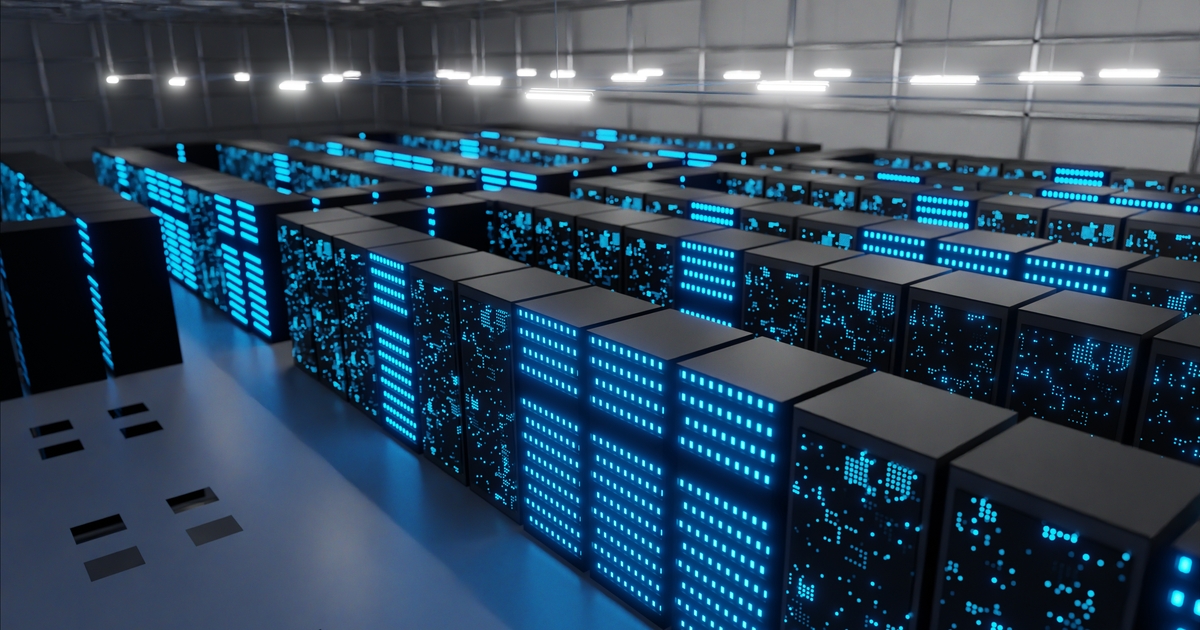The rapid growth of artificial intelligence has created unprecedented demands on data center infrastructure, particularly regarding power availability and sustainability. At a recent industry roundtable, experts discussed the significant challenges facing the U.K.’s data center sector as it attempts to support AI innovation while maintaining environmental commitments.
“One of the greatest challenges we have is the availability of power and the time at which it can be made available,” said Richard Clifford, vice president of sales and solutions EMEA at Salute, a company that provides data center industry insights, adding that the U.K. government’s AI hubs scheme faces significant obstacles in traditional data center locations.
The scale of demand has shifted dramatically, with Keysource group technical director Stephen Lorimer noting: “Previously, we were asking for five to 10 megawatts. Now we’re asking for 100-250 megawatts.” This exponential growth has created connection timelines stretching to “five, seven, 10 years in some locations in the U.K.”
This power crisis is forcing geographic shifts in the industry. “You’re seeing more northern geographical locations like Scotland, which has greater renewable energy that’s potentially untapped,” said Clifford. The discussion also explored whether compute could be spread “over a large geographical area to spread the load.”
Beyond infrastructure challenges, the roundtable highlighted concerns about the U.K.’s commercial competitiveness.
“The cost of energy in the U.K. is off the scale compared to the Nordics, or Spain, or frankly anywhere else in the world,” said Sarah Draper, general counsel and chief risk officer at Telehouse Europe.
“If you’re a global company like Microsoft or Amazon, why would you have your AI applications in the U.K. unless you absolutely have to?”
Andy Lawrence brought attention to an uncomfortable truth.
“You can’t really get that level of power density and reliability without using fossil fuels,” Lawrence said. “If a grid can’t provide the power customers are hungry for, they’re going to build their own power, but it will be fossil fuel for at least 10 years.”
The discussion of small modular reactors, or SMRs, as a potential solution was met with skepticism. Lawrence described them as “a bit of a fantasy” in terms of near-term viability.
Regulatory frameworks need significant reform, according to the experts.
“We need to work more closely as operators and developers with the regulators and the grid operators,” Lorimer said.
Draper added: “At the moment, you’ve got regulations on regulations that clash.”
The U.K. government is taking steps to streamline the planning process for new data centers, moving decision-making from local councils to central government. “That might help, because at least you’re getting a consistent approach,” noted Draper. “It will speed things up, if nothing else,” Lawrence said.
This centralized approach contrasts with emerging U.S. policies. Lawrence noted plans “to make it so that no state can regulate AI for 10 years to give them a free run” — the “exact opposite” of Europe’s heavily regulated approach.
From a technology perspective, the industry faces ongoing optimization challenges. Lorimer highlighted that the “direct liquid cooling approach has still not reached a standard operating temperature,” forcing operators to build “some form of sub-optimal element” in their designs.
Despite these challenges, Lawrence suggested that AI itself might ultimately help address some efficiency issues: “AI is going to automate a lot of stuff at the top and actually might free up some money to help make the infrastructure more efficient.”
The roundtable concluded that finding a balance between technological advancement and environmental responsibility remains the defining challenge for data center operators.
Draper noted, “You’re designing something today with today’s knowledge, with a life cycle of 15-20 years,” highlighting the difficulty of future-proofing infrastructure investments in a rapidly evolving technological landscape.

